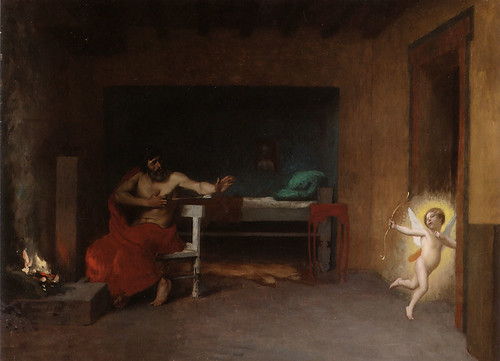
An Application of Classical Conditioning: Systematic Desensitization
Systematic desensitization was developed by the therapist Joseph Wolpe as a treatment for phobia(irrational fear) in humans. Wolpe believed that such fears were learned through classical conditioning. Therefore, they could be treated with a classical conditioning method.
The treatment of phobia with classical conditioning has three phases:
1. construction of the fear hierarchy
2. relaxation training;
3. pairing of fearful thoughts with relaxation.
In step one, the client and the therapist develop a list of the client's fears. The list orders items from strongest fear to weakest fear. For example, a client with a fear of heights might create a list of 15 fearful situations, ranging from " strongest fear : falling down a mountain", to "weakest fear: walking down a slight incline".
In step two, the therapist instructs the client in techniques of deep relaxation. These techniques include muscle tension and relaxation, breathing exercises, and peaceful imagery.
Step three is the actual classical conditioning treatment. The client first uses the various techniques to become totally relaxed. Then the therapist asks the client, while relaxed, to imagine being in the situation at the bottom of the fear hierarchy. The idea is to pair the thought of the fear situation with relaxation. Since the item at the bottom of the fear hierarchy is used first, it is likely that the relaxation will overwhelm the fear. Once that item is conquered, the therapist and client proceed up the fear hierarchy, one item at a time. Research has demonstrated that systematic desensitization is an effective treatment for phobia.
Systematic desensitization was developed by the therapist Joseph Wolpe as a treatment for phobia(irrational fear) in humans. Wolpe believed that such fears were learned through classical conditioning. Therefore, they could be treated with a classical conditioning method.
The treatment of phobia with classical conditioning has three phases:
1. construction of the fear hierarchy
2. relaxation training;
3. pairing of fearful thoughts with relaxation.
In step one, the client and the therapist develop a list of the client's fears. The list orders items from strongest fear to weakest fear. For example, a client with a fear of heights might create a list of 15 fearful situations, ranging from " strongest fear : falling down a mountain", to "weakest fear: walking down a slight incline".
In step two, the therapist instructs the client in techniques of deep relaxation. These techniques include muscle tension and relaxation, breathing exercises, and peaceful imagery.
Step three is the actual classical conditioning treatment. The client first uses the various techniques to become totally relaxed. Then the therapist asks the client, while relaxed, to imagine being in the situation at the bottom of the fear hierarchy. The idea is to pair the thought of the fear situation with relaxation. Since the item at the bottom of the fear hierarchy is used first, it is likely that the relaxation will overwhelm the fear. Once that item is conquered, the therapist and client proceed up the fear hierarchy, one item at a time. Research has demonstrated that systematic desensitization is an effective treatment for phobia.
No comments:
Post a Comment